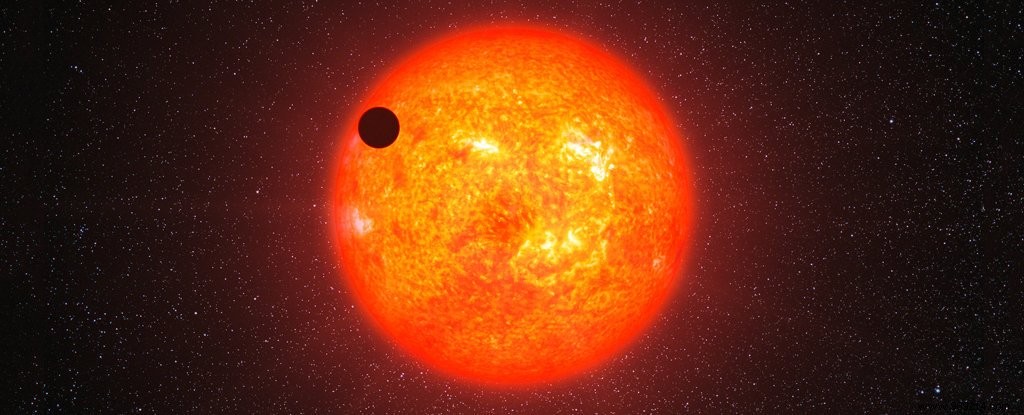If you've always wanted to search for new planets, your time may have come. The team of astronomers in charge of the Next-Generation Transit Survey (NGTS) needs help to process the enormous volume of data collected by its network of telescopes. Your mission, if you accept it, will be to recheck and confirm (or not) the transit signals identified by the software.
One of the most effective methods of identifying the presence of new planets is through transit. This consists of measuring the curve of light emitted by distant stars. Periodic drops in brightness are then sometimes observed , often betraying the passage of planets in front of their star from our point of view. These changes are characterized by very low dips for fixed periods of time.
That said, other phenomena like the equivalent of sunspots on other stars can also cause similar-looking dips in a light curve. Many stars also experience short-term variations in their activity. Finally, unlike space observatories, ground-based telescopes in the NGTS network must also deal with disturbances in the Earth's atmosphere.
Because of these difficulties, the NGTS team has recorded many potential transits flagged as "interesting" by its software. However, this data inevitably contains many "false positives" . Also, astronomers must systematically "go behind" the computers to confirm or not the relevance of the signals found. However, the amount of data collected is such that the NGTS team cannot do all the work . So she teamed up with citizen science platform Zooniverse to ask for help from the public.

Those interested in participating can access the project page on the Zooniverse platform and be guided. If you are a new user, a tutorial will explain the different types of light curves reported by computer algorithms. These include things like data gaps, a poorly characterized curve, or a chaotic mess caused by stellar variability. Once you understand the instructions, it's up to you!
If you need help with classification, the "Need help with this task" guide will provide you with examples of planetary transits and other phenomena that you might encounter in NGTS data.